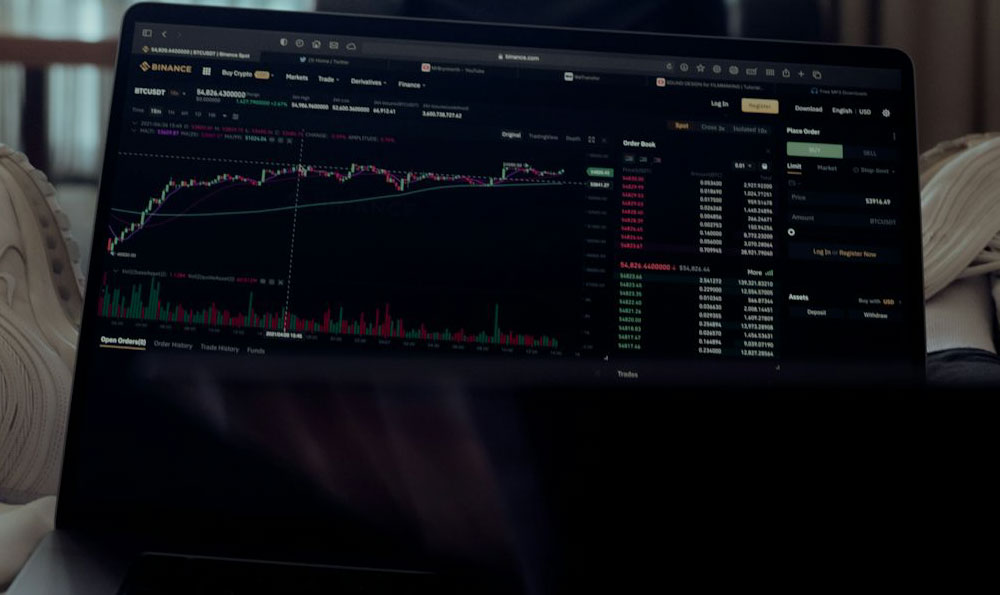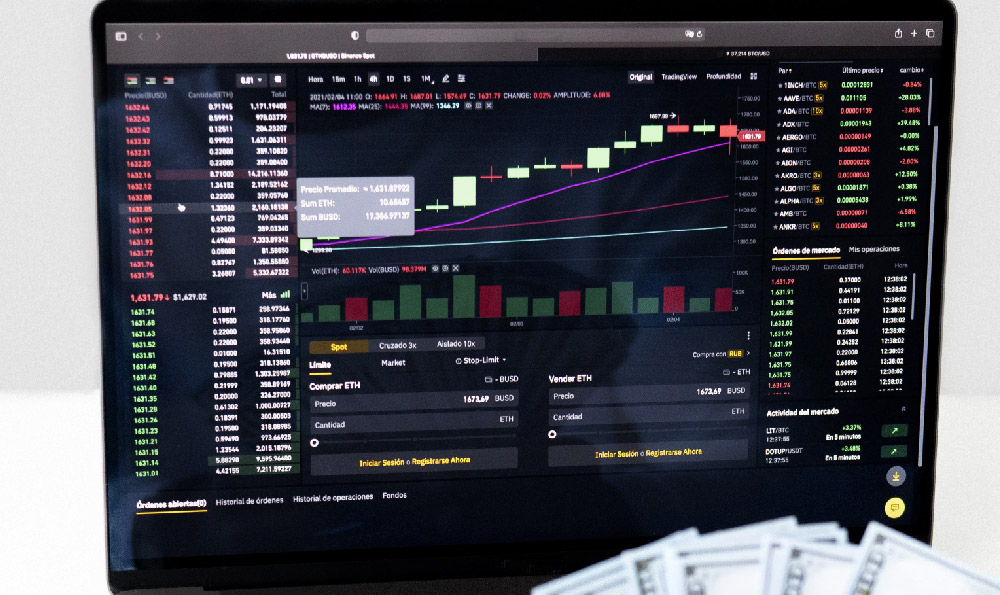Automating your Vanguard investments can be a game-changer, offering both convenience and the potential for improved long-term returns. It's a strategic move, not just a set-it-and-forget-it approach, but one that requires understanding the underlying principles and adapting to your specific financial circumstances. The "how" is relatively straightforward, but the "why" is arguably more critical for success.
Let's break down the "why" first. Automating your Vanguard investments addresses several key behavioral finance challenges. One of the biggest hurdles to successful investing is emotional decision-making. When markets are volatile, the temptation to buy high and sell low can be overwhelming. Automation removes this emotional element by consistently investing according to a pre-defined plan. This is particularly beneficial in volatile markets as it encourages dollar-cost averaging, where you purchase more shares when prices are low and fewer shares when prices are high. Over time, this can lead to a lower average cost per share and higher overall returns.
Another compelling reason to automate is simply consistency. It's easy to put off investing when life gets busy or unexpected expenses arise. By setting up automatic transfers, you ensure that your investments are made regularly, regardless of your current mood or immediate financial priorities. This consistency is crucial for compounding, the process by which your earnings generate further earnings. The earlier you start investing and the more consistently you contribute, the more powerful the effects of compounding become over time. This is especially important for long-term goals like retirement.

Finally, automation frees up your time and mental energy. Constantly monitoring the market and trying to time your investments can be stressful and time-consuming. By automating your investments, you can focus on other aspects of your life, knowing that your financial future is being taken care of. This peace of mind is a valuable benefit in itself.
Now, let's move on to the "how." The process of automating your Vanguard investments generally involves a few key steps.
First, you need to establish a Vanguard account. This might be a taxable brokerage account, a traditional IRA, a Roth IRA, or a SEP IRA, depending on your individual financial goals and circumstances. Consider which type of account best aligns with your tax situation and investment objectives. For instance, if you anticipate being in a higher tax bracket in retirement, a Roth IRA might be more beneficial due to its tax-free withdrawals.
Second, you need to determine your investment allocation. This is arguably the most important step, as it will dictate the risk and potential return of your portfolio. It’s essential to think about your time horizon, risk tolerance, and financial goals when determining your asset allocation. For example, a younger investor with a long time horizon might be comfortable with a more aggressive allocation, such as a higher percentage of stocks compared to bonds. Conversely, an investor approaching retirement might prefer a more conservative allocation with a higher percentage of bonds to reduce risk. Vanguard offers a range of target-date funds that automatically adjust your asset allocation over time as you approach your retirement date. These funds can be a convenient option for investors who prefer a hands-off approach. Alternatively, you can create your own diversified portfolio using a combination of Vanguard's low-cost index funds or ETFs. Common choices include VTSAX (Total Stock Market Index Fund), VTI (Total Stock Market ETF), VOO (S&P 500 ETF), BND (Total Bond Market ETF), and VXUS (Total International Stock Market ETF).
Third, set up automatic transfers. Once you have chosen your investments, you can set up automatic transfers from your bank account to your Vanguard account. You can choose the frequency of these transfers (e.g., weekly, bi-weekly, monthly) and the amount you want to contribute. This is typically done through Vanguard’s website or mobile app. Look for the section related to automatic investments or electronic funds transfers. Be sure to double-check the details of your transfer schedule to ensure accuracy.
Fourth, configure automatic investment purchases. Once the funds are in your Vanguard account, you can set up automatic investment purchases. This involves specifying which funds you want to buy and the percentage of your contribution that should be allocated to each fund. Vanguard's website provides clear instructions on how to set up these automatic purchases. You might choose to allocate a certain percentage to a total stock market fund, a total bond market fund, and an international stock market fund, for example. Rebalancing your portfolio periodically is also important to ensure your asset allocation remains aligned with your target. Vanguard allows you to set up automatic rebalancing, which will automatically adjust your portfolio to maintain your desired asset allocation.
Finally, regularly review your plan. While automation can remove the emotional element from investing, it's not a substitute for ongoing monitoring and adjustment. It is crucial to review your portfolio periodically to ensure that your asset allocation is still appropriate for your financial goals and risk tolerance. Life circumstances change, and your investment strategy should adapt accordingly. Consider re-evaluating your investment strategy at least once a year, or more frequently if you experience significant life events such as a change in income, marriage, divorce, or the birth of a child.
Be aware of potential pitfalls. Over-reliance on automation without understanding the underlying investments can be risky. Do your due diligence and understand what you are investing in. Also, watch out for hidden fees or unnecessary expenses. While Vanguard is known for its low-cost funds, it's still important to be aware of any fees associated with your account. Finally, don't be afraid to seek professional advice. A qualified financial advisor can help you develop a personalized investment strategy and provide guidance on how to automate your investments effectively.
In conclusion, automating your Vanguard investments is a powerful tool for building wealth over the long term. By understanding the "why" behind automation and following the "how" steps outlined above, you can set yourself up for financial success. Remember to stay informed, review your plan regularly, and seek professional advice when needed. The keys are consistency, discipline, and a long-term perspective.












